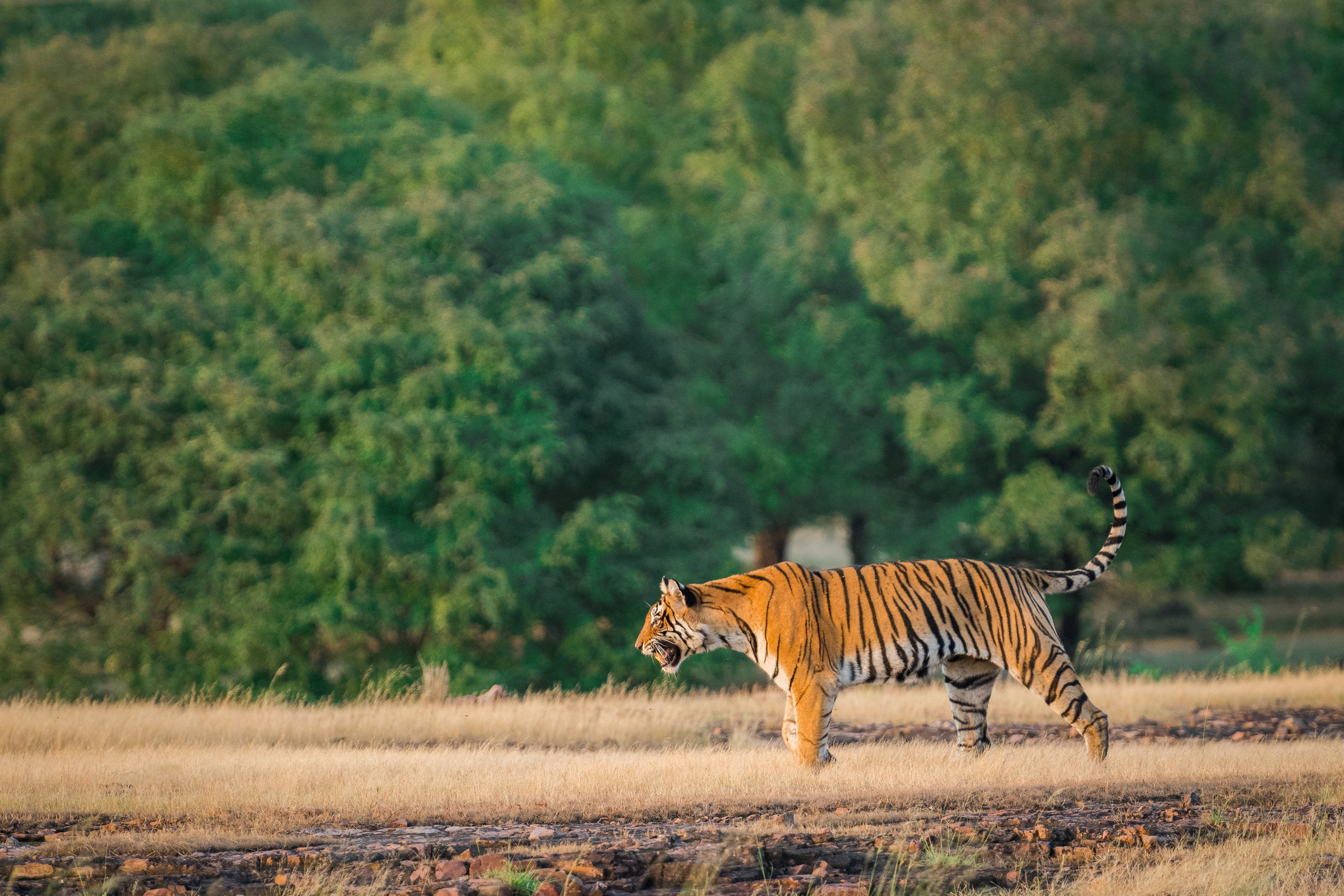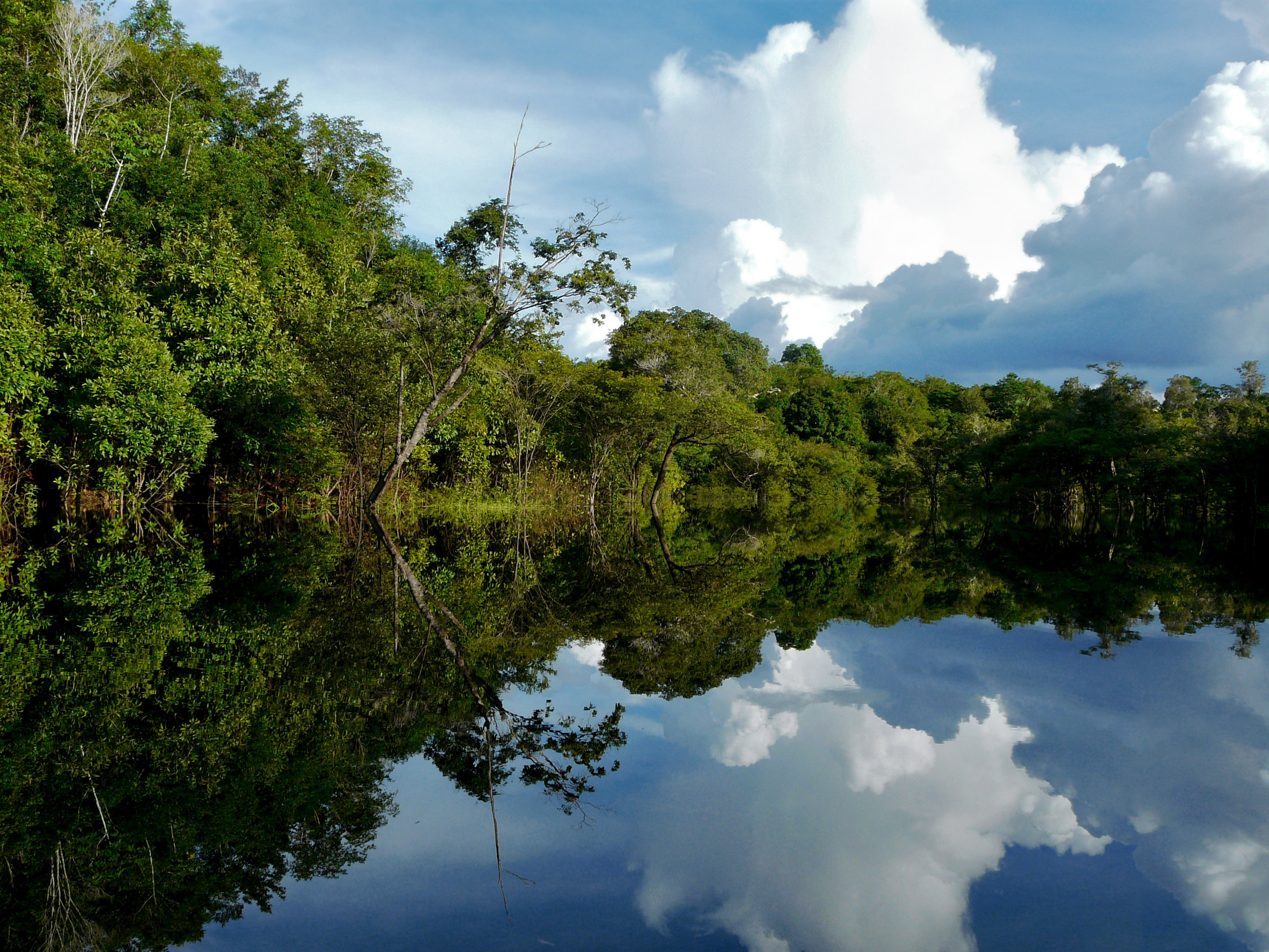As part of researching wildlife habitats, conservationists use sensor devices called camera traps to identify which species are living in certain areas. Though these cameras can be extremely useful, they take hundreds of thousands of pictures that often don’t actually feature any wildlife. What’s even more frustrating, there aren’t databases that are widely available where conservationists can share and view these images. Luckily, relevant actors are now coming together to solve the issue.
Wildlife Insights, a collaborative effort between conservation groups, universities, museums, and one of Silicon Valley’s largest players, is now working on a database that will help conservationists share their images, sort through them and identify which species their camera traps are photographing.
Using A.I. developed by Google, the database helps sort out pictures that don’t contain wildlife, and it can identify a wide variety of species. This can help conservationists track wildlife in certain areas more easily, better understand migration patterns, and essentially help them protect these animals.
While the collaboration is still at its infancy, it already has 62 worldwide projects in the database and is now working with 4.5 million images that feature around 600 species. Over 80 percent of the photos in the database feature wildlife, and so far the A.I. has been able to accurately identify around 100 species 80 to 90 percent of the time.
If you’re interested in the collaboration or would like to even get involved, you can go to Wildlife Insights to see the project unveiling.










